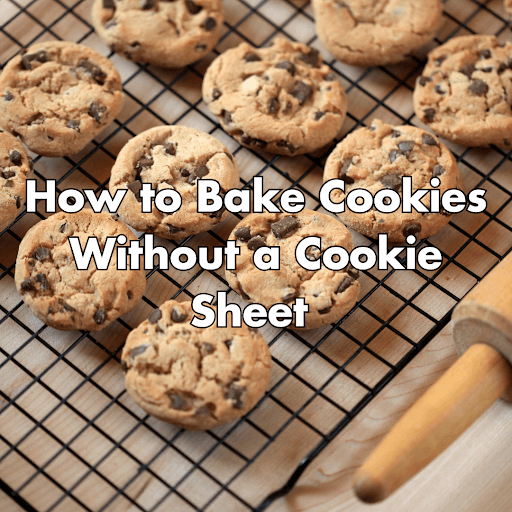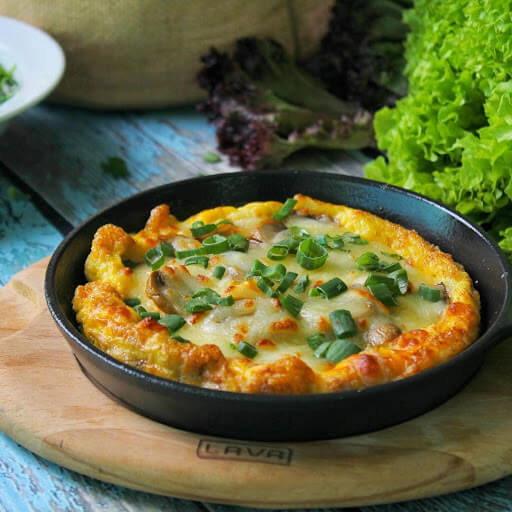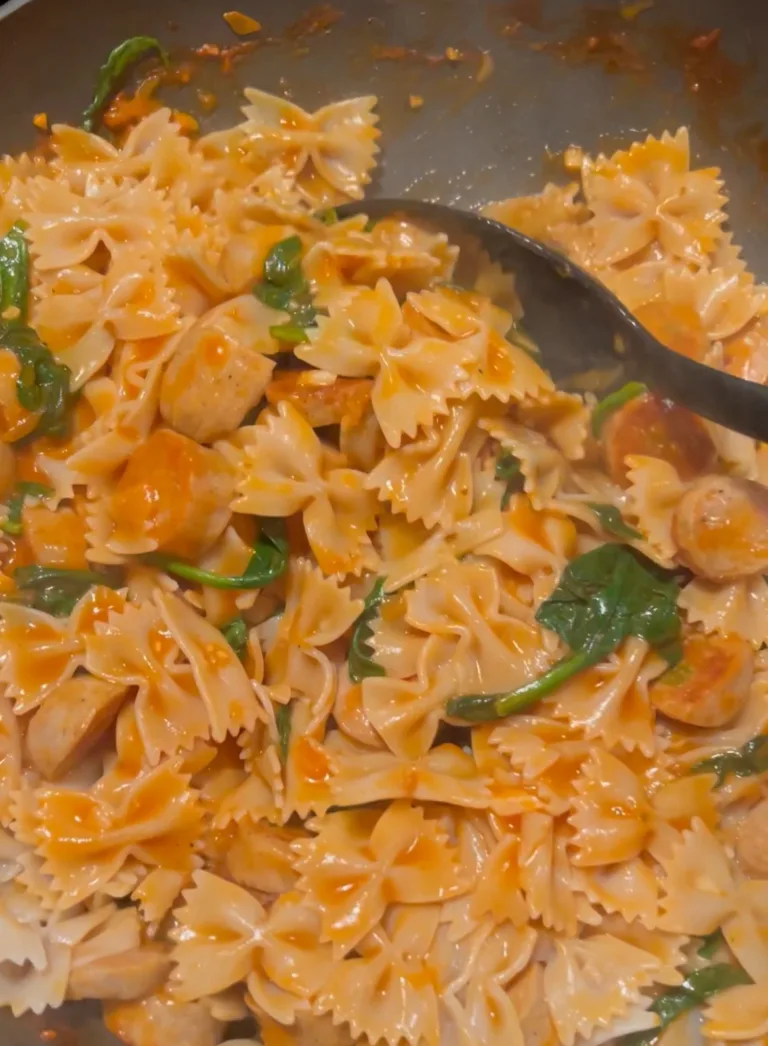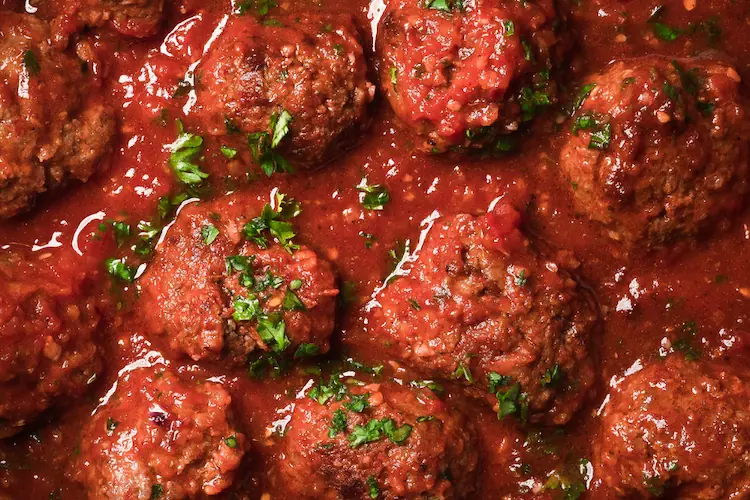Baking cookies is always fun—until you realize you don’t have a cookie sheet on hand.
Good news: you can still bake perfect chocolate chip cookies or whatever cookies you’re craving, even without a cookie sheet or baking tray.
Whether you left your large baking sheet at someone’s house or you’re baking in a pinch, there are several great options to get the job done.
Good luck? Nah—you won’t need it with these tips.

First Things First: Make Your Cookie Dough
Before we even get into alternatives, let’s talk about dough.
Pick your favorite cookie recipe—sugar cookies, classic chocolate chip cookies, drop cookies, you name it.
Gather your ingredients:
- Unsalted butter
- Brown sugar
- White sugar
- Chocolate chips
- All purpose flour
- Large eggs
- Pure vanilla extract
- A little bit of baking soda or powder depending on your recipe
Once your cookie dough ball is ready, you’re good to go.

Best Alternatives to a Cookie Sheet
A cookie sheet is the easiest way to get the best results, but if you don’t have one, here are some simple tips to keep baking without missing a beat:
1. Aluminum Foil
Aluminum foil is a classic fallback.
Lay a sheet of aluminum foil directly on the oven rack, spray it lightly with olive oil or nonstick spray, and place your dough balls on top.
Pro Tip: Since foil reflects extra heat, you may need to lower the oven temperature slightly to avoid burning the bottom of the cookie.
2. Parchment Paper
A sheet of parchment paper is a baker’s best friend.
Place parchment directly on the oven rack and arrange your cookies. It provides a great nonstick surface and can handle the heat without any issues.
Parchment is especially perfect for sugar cookies, drop cookies, and sheet pan cookies.
3. Silicone Mat
If you have a silicone mat, you’re set.
Lay the silicone mat either directly on the oven rack or on jelly-roll pans. It’s basically a reusable, nonstick dream and will help deliver that chewy cookie texture we all love.
4. Muffin Tins
Feeling experimental? Lightly grease a muffin tin with nonstick spray, drop a tablespoon of cookie dough into each cup, and bake.
You’ll get fun, bite-sized classic treats—perfect for sugar cookies or even chocolate chip cookie recipe experiments.

5. Air Fryer
Believe it or not, you can bake cookies in your air fryer.
Line the basket with parchment paper, drop in the dough, and adjust the baking time since air fryers bake faster than traditional ovens.
6. Microwave
Drop a ball of cookie dough onto a microwave-safe plate and microwave it in short increments.
It won’t give you the same chewy center as a baked cookie, but it’s a good idea if you’re craving fresh cookies fast.
7. Toaster Ovens
Toaster ovens are practically mini ovens.
Lay down aluminum foil or parchment paper and bake cookies normally. Watch the baking time closely—they can heat unevenly.
8. Cooling Rack or Wire Rack
If your cooling rack or wire rack is oven-safe, it can work too.
Place cookies carefully on the rack and bake. This method promotes crisp edges and a chewy center, but you need to keep an eye on them.
9. Baking Sheet
If you have a baking sheet, large cookie sheet, half-sheet pans, or jelly-roll pans, they all work perfectly well.
The nonstick coating on most baking sheets helps, but you can always grease lightly or use parchment paper.

Simple Tips for Baking Without a Cookie Sheet
Adjust oven temperature: Materials like aluminum foil or wax paper (NO—see below) change how heat moves, so you may need to bake at a lower temperature.
Use enough fat: Make sure your dough has enough fat (butter, oil) to prevent sticking and to help with chewy texture.
Nonstick spray: Especially on aluminum foil or aluminum pan options, spray to prevent sticking.
Room temperature dough: Baking with room temperature dough ensures it spreads properly and doesn’t turn into flat cookies.
Right cut: Consider smaller dough portions for even baking if you’re experimenting with different surfaces.
FAQs About Baking Cookies Without a Cookie Sheet
Q: What’s the difference between a baking sheet and a cookie sheet?
A: A cookie sheet has flat edges and promotes airflow for faster baking. A baking sheet usually has raised edges, is more versatile, and is used for everything from bar cookies to roasting vegetables.
Q: Can I bake cookies on a cake pan?
A: Yes! But instead of individual cookies, you’ll end up with one giant cookie unless you space out your tablespoon of cookie dough properly.
Q: Do I have to line a baking sheet?
A: You don’t have to—but using parchment paper, a nonstick baking mat, or a little non-stick spray is a good idea to prevent sticking and burning.
Q: Can I use wax paper instead of parchment paper?
A: No. Wax paper will melt and could even catch fire in high heat. Stick with parchment paper for baking.
Q: How should I store my leftover cookies?
A: Use an airtight container once your cookies have cooled fully on a cooling rack. This keeps them soft and fresh longer.
Q: Why did my cookies turn out flat?
A: Flat cookies can happen if your dough was too warm, you didn’t use enough fat, or the oven rack was too close to the heating element.
Q: How can I check my oven’s temperature?
A: Use an oven thermometer! Many home ovens are off by 10–30 degrees F, and the right oven temperature makes a huge difference in the texture of your cookie.
Q: Can I bake cookies directly on the oven rack?
A: You technically can, but it’s not the best way to get perfect chocolate chip cookies or sugar cookies.
Without a nonstick surface like parchment paper or a silicone mat, the dough can melt through the oven rack and create a mess. Always place a sheet of parchment paper, aluminum foil, or another surface on top of the rack for best results.
Baking cookies without a cookie sheet isn’t a big deal—it’s a chance to get creative.
Next time you’re in a pinch, try out these different cookie recipes and alternative methods.
Whether you’re using wax paper (no!), sheet of parchment paper, or even your waffle iron (yes, really—Tiktok-make hack alert), you can still make perfect chocolate chip cookies or sugar cookies.
When in doubt, trust your instincts, test a first batch, adjust the bake time, and always let your cookies cool on a cooling rack or wire rack for best results.
And hey — if all else fails, your first time improvising just might lead to the next viral cookie trend.










